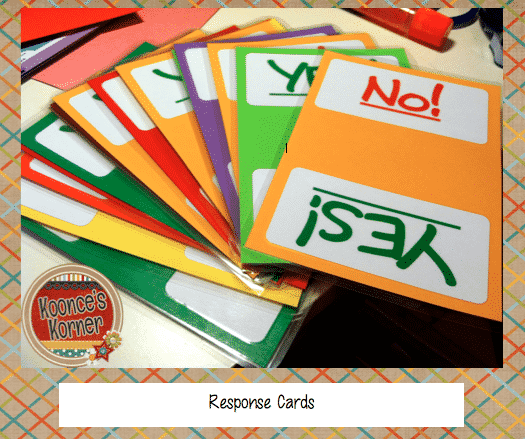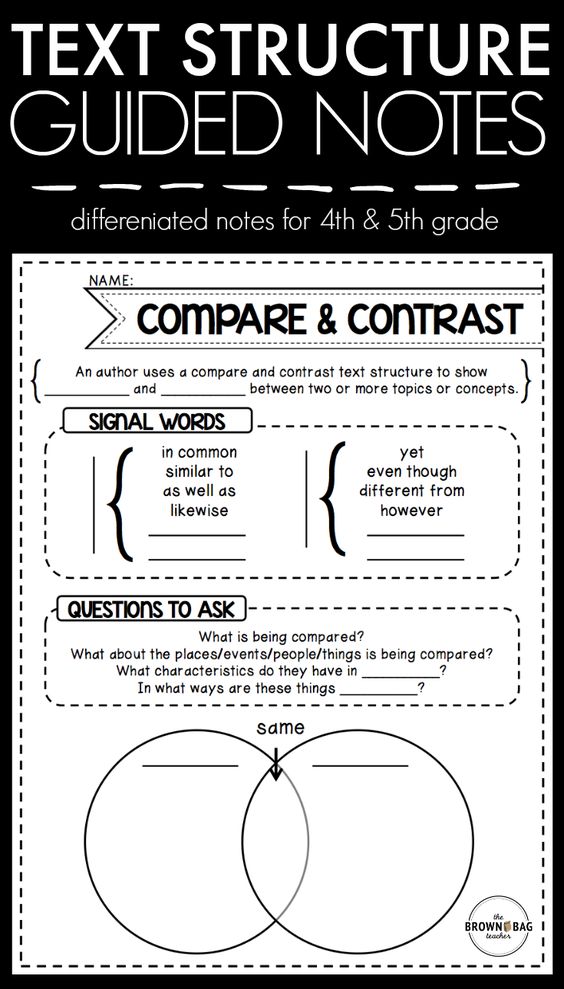
John F. Podojil said,” Teaching is not a profession; it’s a passion. Without passion for your subject and a desire for your students to learn and be the best in the world, then we have failed as a teacher and failure is not an option.”
That I think is the most excellent teacher’s quote ever recorded. Teachers, along with the parents, play a vital role in shaping the future of the younger generation. They are the young ones who will be responsible for the neighborhood, community, or even the country when the right time comes. Do you believe that teachers are heroes of successful people?
Definitely, it’s the teacher’s burning passion that fuels the fire to instill knowledge to innocent minds. But one crucial factor to consider when teaching is student engagement. There are too many methods available to promote student engagement. But have you ever tried one of the ABA teaching techniques?
There’s a classroom teaching technique that increases participation and decreases disruption called “Active Student Responding (ASR).”
Active student responding measures include guided notes, response cards, and choral responding. Each has their advantages and times in which they may be more useful than another. The benefits to active student responding is that it allows for informal assessment of student skills, provides increased opportunity to respond (and receive reinforcement), teachers report that methods are easy to implement, and students report finding it to be fun!
Active Student Responding (ASR) is also a strategy used for students with emotional behavioral disorder, ADHD/ADD, and ASD. According to the Council for Exceptional Children, students with emotional behavioral disorder tend to have less positive experiences in school. For this reason, they often lack desire or will to succeed. In order to manage off-task and disruptive behavior, teachers can use this strategy to keep students engaged and on-task. Active student responding allows students opportunity to respond frequently and provides an opportunity for the teacher to deliver immediate feedback to the student.
On a practical level, ASR involves six discrete steps:
(1) The teacher poses a question to the class
(2) The pupils are provided with ‘thinking time’ to formulate an answer
(3) All pupils respond at the same time in an active manner, with each pupil required to respond on an individual basis
(4) The teacher reviews the pupils’ answers by scanning individual pupil responses. This provides the teacher with direct insight into each pupil’s learning
(5) Based on pupil responses, the teacher provides feedback to the class
(6) Teaching is adjusted, where required
High-ASR Techniques

-
RESPONSE CARDS
are used to increase active participation of students by having the students display or write an answer in unison to a question or problem presented by the teacher. Response cards can be formatted two ways: pre-printed material with choices such as A, B, C, D, or Yes/No; cards or small white board where students write their response may also be used.
The essential feature of response cards is that the teacher asks a question, students write or select their response, and then they simultaneously hold up their cards so that the teacher can see each student ’s answer and provide feedback, typically to the whole group, or to individuals as needed. Hence, with one question a teacher can see the response of all students (and gauge learning) in much less time than it would take to call on each student individually. Response cards enable each student to make a response, in contrast to hand raising in which a few, some, or all students raise their hands. Response cards can be used with a variety of curricular topics—math, reading, spelling, history, geography, science, and so forth—during small-group or whole-class lessons. Response cards are particularly useful during lessons in which the teacher asks a series of questions and students are expected to respond to each question as a group.
Response cards are most effective when implemented with brisk instructional pacing, the teacher moving through question–response–feedback sequences as quickly as possible but without hurrying the students.
-
CHORAL RESPONDING
is the easiest to implement and allows all students to respond aloud in unison to a teacher directed question. There are no materials required, and having students respond in unison can elicit an increase in active engagement of all, including students with autism, learning disabilities, and/or whom require special education supports. Choral responding not only supports an increase in the total number of student responses and the percentage of students who respond but also provides students the Opportunity to respond when they wouldn’t otherwise. Therefore, choral responding can aid in building greater self-confidence and increasing the likelihood for future responses when called on by the teacher.
Choral responding follows an instructional format similar to that used with response cards. The teacher asks a series of questions (e.g., “What is 12 times 11?”); in conjunction with an appropriate wait-time pause, uses a clear signal (e.g., “Tell me.”); and provides feedback for the majority group response (e.g., “Good, it’s 132!”). To confirm individual understanding, teachers may occasionally call on individual students, especially if he or she notices a student is more hesitant to respond, less certain of his or her response, or may have offered an incorrect response. Interspersing individual opportunities to respond within the flow of choral responding is particularly useful when individual responses cannot be heard, and may not only check for or confirm learning, but also reinforce new knowledge (such as calling on a student who had previously been incorrect but just heard the correct group response). Like response cards, choral responding is best implemented with brisk instructional pacing. In one study compared faster- and slower-paced teaching while delivering small-group instruction with the Direct Instruction Language for Learning program, which uses choral responding. That study found that faster-paced instruction increased the students’ rate of participation and correct responding in comparison to slower-paced instruction.
Advantages of Choral Responding and Response Cards
- Allows the teacher to present many opportunities for all students to actively participate
- Provides immediate feedback regarding student comprehension, or if additional review is needed
- An effective strategy for including students with special learning needs in the general education classroom
- Builds confidence by allowing students to perform well in front of their peers
- When students are engaged, off task and disruptive behavior are reduced
Tips to Implement Choral Responding and Response Cards in the Classroom
- Teach the class the expectations for using choral responding and response cards.
– Demonstrate several examples of correct and incorrect responding
– Create clear signals that the students can follow, such as holding a hand up with palm out to gesture students to wait and think about their answer, while using a “swooping “ motion of the hand, clap, or point to indicate everyone is to respond in unison
- Choose curricular content that is appropriate for short questions and answers (best when only one answer is correct).
- Give feedback on the group responses. Deliver praise and approval for student participation and correct responding. If all students respond correctly, provide praise and move on. Should students respond incorrectly, provide the correct response and return to the question later. Be sure to acknowledge and validate answers that differ from the instructor’s, but could still be considered correct.
- Maintain an energetic pace. Faster pacing produces higher levels of participation, correct responding, and on-task behavior.
- Intersperse choral responding and response cards with calling on individual students, and implementing other methods of teaching. By interspersing, you can shape consistent responding in students who do not respond consistently during whole group, assess comprehension of individual students, and provide students with more opportunities to respond to lesson content and receive feedback. Remember to call on the student after presenting the question, cueing the students to maintain attention.
-
GUIDED NOTES

are “teacher-prepared handouts that guide a student through a lecture with standard cues and prepared space in which to write the key facts, concepts, and/or relationships.” Guided notes are a high-ASR strategy because they create planned opportunities for student response during lectures.
Guided notes are created using the following steps. First, the teacher makes an outline of the lecture using a slide preparation/presentation program. The outline should contain consistent typographical cues, such as bullets, to draw students’ attention to salient points in the lecture; special cues (e.g., stars, bells) can be used to draw students’ attention to particularly important information. Then, to enable ASR, the teacher creates blank spaces in which students can write the missing information as they listen to the lecture. The blank spaces should allow for one- to three-word responses, and the location of the spaces should vary in an unpredictable pattern to keep students focused on note-taking. Guided notes can be modified to allow for different kinds of responses (e.g., drawing pictures) or to incorporate graphic organizers to help students conceptualize the information. For students who use portable technology such as laptops or tablet computers, guided notes can be made with form-creating programs that enable users to type requested information in blank spaces.
-
PEER TUTORING
promotes high ASR by capitalizing on an existing classroom resource: the students. The essential features of peer tutoring include repeated opportunities for practice, regular and immediate feedback, systematic correction of errors, and data-based decision making. With planning, peer tutoring can reduce teachers’ work and serves as a valuable classroom management tool, productively engaging students in teaching each other. Peer tutoring is one of the most researched high-ASR strategies, with more than 40 years of studies demonstrating its effectiveness across a variety of academic content areas and age levels and for students with and without disabilities. Although there are many variations of peer tutoring, classwide peer tutoring (CWPT) is a well-established approach.
The following steps are typical in CWPT programs:
First, the teacher reviews and practices the CWPT procedures with the students. Then, the teacher pairs students into dyads for tutoring sessions. Tutoring sessions can occur daily or two or three times per week, and dyads can pair higher achieving with lower achieving students. Each student is given a folder of materials, including items such as cards for students to quiz each other and point sheets to track progress. To practice vocabulary, cards can contain words on one side and definitions on the other; to practice math, cards can contain math questions on one side and answers on the other. Students take turns quizzing one another, providing positive feedback and error correction to their partners as appropriate. Correct responses are recorded in the folder and items or problems which the student has mastered are recorded as new items are introduced.
We are not affiliated with any organization mentioned in this article. But we would love to commend their efforts in providing well-researched teaching resources for free. We are sharing these pieces of information with high hopes of reaching the ones who might probably in need. We believe that for every renowned successful people in the world is a passionate teacher or mentor behind who opened the door and guided the right way.
Source and References:
http://www.centeril.org/publications/Active%20Student%20Response%20(Final).pdf
http://block3strategies.weebly.com/active-student-responding.html
http://www.behaviorbabe.com/aba-techniques



